Description
Portrait of Michał Józef Römer by Jan Chrucki printed on a T-Shirt
About the T-Shirt
Regular fit
Standard length, the fabric easily gives into movement
Casual wear
A classic, everyday option loved by our customers
Side-seamed
Constructed by sewing two parts together, creating a fitted look
The Unisex Staple T-Shirt feels soft and light with just the right amount of stretch. It’s comfortable and flattering for all. We can’t compliment this shirt enough–it’s one of our crowd favorites, and it’s sure to be your next favorite too!
- Solid colors are 100% Airlume combed and ring-spun cotton
- Ash color is 99% combed and ring-spun cotton, 1% polyester
- Heather colors are 52% combed and ring-spun cotton, 48% polyester
- Athletic and Black Heather are 90% combed and ring-spun cotton, 10% polyester
- Heather Prism colors are 99% combed and ring-spun cotton, 1% polyester
- Fabric weight: 4.2 oz./yd.² (142 g/m²)
- Pre-shrunk fabric
- 30 singles
- Side-seamed construction
- Tear-away label
- Shoulder-to-shoulder taping
- Blank product sourced from Nicaragua, Mexico, Honduras, or the US
Jan Chrucki (1810-1885)
Jan Chrucki was a Polish-Russian painter of Belarusian descent known by his still lifes and portraits.
He was born into a Greek-Catholic Polish-Belarusian family descended from the nobility of Leliwa coat of arms in the village of Ulla, Vitebsk Governorate. His father Tomasz, like his relatives, was a Greek Catholic priest, his mother’s name was Minadora (or Menodowa) Kuryłło. He was educated at the Piarist Lyceum in Polotsk, which had university rights, then in 1827 he went to St. Petersburg. He studied privately with George Dawe, then around 1830 entered the Imperial Academy of Arts. There he established contacts with another Polish painter Jozef Oleszkiewicz, who introduced him to the Hermitage.
His first known works are dated 1832. The paintings gradually gathered public and critical acclaim. Khrutsky also worked as an interior designer, and became a popular amongst the wealthy home owners. In 1836 he was awarded the Major Silver medal of the Academy for his still-lifes. Khrutsky also executed nice genre pictures and portraits. Old Woman Knitting a Sock, brought him the Minor Gold medal of the Academy. In 1839 he was awarded the title of the Academician.
After his father’s death in 1840 Khrutsky left St. Petersburg forever and settled in the family estate Zacharnicze (Zakharenichi, Zacharniczy), Polotsk region. This period was one of commissioned religious art, mostly from Lithuania. He spent a lot of time in Vilnius, where he made several works from nature on the orders of Jan Kazimierz Wilczyński for the “Album Wileńskie”. Besides religious paintings he also worked on portraits, such as I.I. Glazunov’s, Józef Siemaszko [pl]’s, Mikołaj Malinowski [pl]’s and others.
He died in his estate in Zacharnicze in 1885.

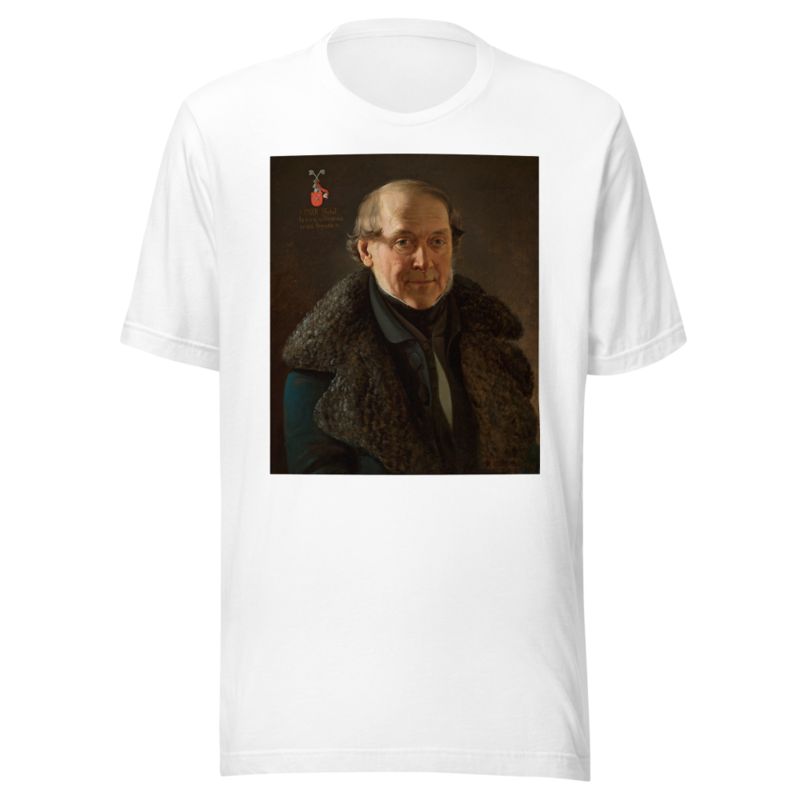
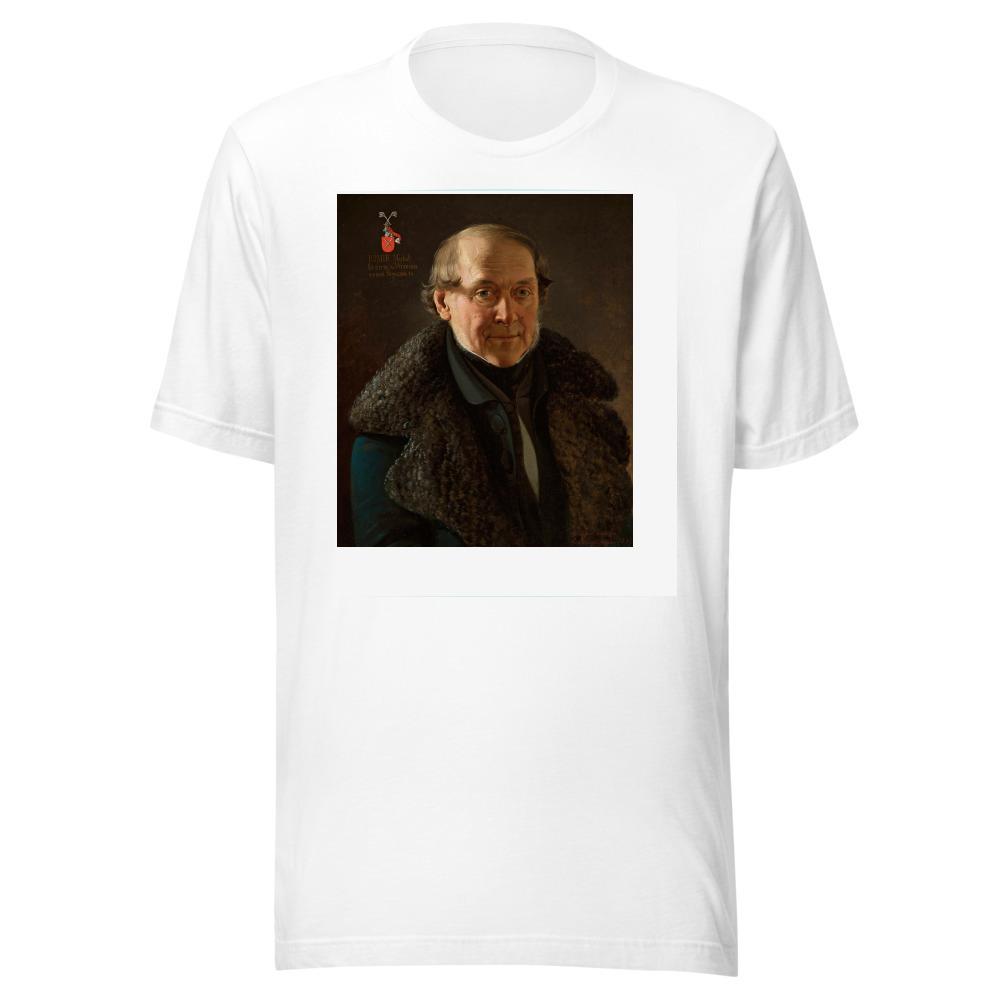
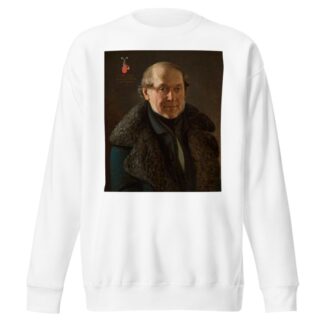
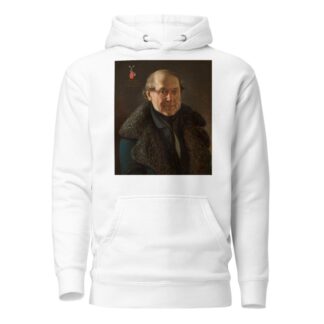
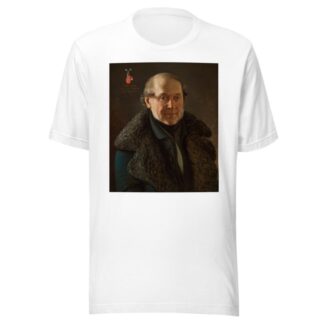
Reviews
There are no reviews yet.